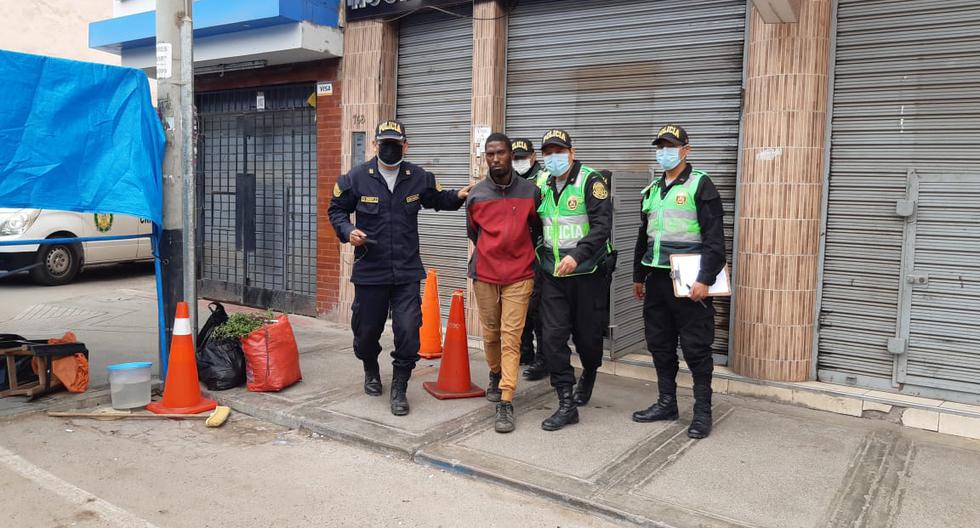The remittances received by families in the Dominican Republic during the first two months of 2022 exceed what was collected jointly by the National Treasury and the General Directorate of Customs (DGA) in the same period this year.
However, because the total amount of the remittances received in the first quarter of this year was reduced compared to the same period last year, economists advise continuous and systematic monitoring of international economic behavior and its consequences, while the central bank observes a new level of monthly flows when compared to the pre-pandemic period.
According to data from central bank of the Dominican Republic (BCRD), the remittances received by Dominican families as of February 2022, reached 1,508.1 million dollars, which, at the current rate (55.50 pesos), amounts to 83,699.55 million pesos, evidencing the importance of the remittances for homes.
just between the National Treasury, the DGII and the DGA collected 147,200 million pesos between last January and February, reports Internal Taxes. This institution collected 69.6% of the total tax revenue for that period, while Customs contributed 24.1% and the National Treasury the remaining 6.3%.
Last Monday, the central bank reported that between January and March 2022, the remittances families received reached 2,396.2 million dollars, being 152.5 million dollars less than in the same quarter of 2021, a year in which in the United States – the main issuer of remittances– The aid schemes implemented by COVID-19 were maintained.
“If this entire trend is maintained for the entire year 2022, there would be a reduction of almost 800 million dollars less than in the year 2021, placing the possibility that the remittances reach some 9,600 million dollars by the end of 2022, as opposed to the more than 10,000 million dollars that entered in 2021”, analyzes the economist Haivanjoe Ng Cortiñas.
The United States registered in March the highest inflation rate since 1981, of 8.5%, driven especially by the increase in energy, food and housing prices, according to data published by the Bureau of Labor Statistics.
The central bank explains that the conditions of the labor market in the United States is one of the main factors that continues to affect the behavior of remittancessince 85.6% of the flows in March came from that country.
During said month, the unemployment rate fell slightly to 3.6%, from 3.8% in February 2022. Particularly, the unemployment of Hispanics in that country (where more than 2 million Dominicans live) fell from 4.4% in February to 4.2 % in March.
The economist and former governor of the BCRD, Guillermo Caram, points out that the decrease in the flow of remittances constitutes evidence of the need to maintain continuous and systematic surveillance of international economic behavior and its consequences, in order to adopt the corresponding national forecasts.
It adds that, although the decrease has not been so significant as to cause alarming adverse and immediate economic effects, “it should serve as an alert to what may happen nationally as a result of the economic contraction, inflation and cuts in social programs in the United States and other nations where our reserves come from.”
In the opinion of the coordinator of the Economics career at the Technological Institute of Santo Domingo (Intec), Rafael Espinal, the remittances they will close below 2021 due to the change in the policy of transfers to families in the United States and due to the slowdown in growth in the economy of that country.
“They will close with an amount close to 10 billion dollars, which is not bad because they express the trend of natural growth in recent years, if we exclude the economic disturbance generated by the pandemic,” he said.
According to the Central Bank, remittances that entered the country as of December 31, 2021 reached 10,402.5 million dollars, being 2,183.2 million dollars (26.6%) more than the 8,219.3 million dollars registered in the same period of 2020. December added $940.8 million to the total, $68.5 million above the $872.3 million received in December 2020.








